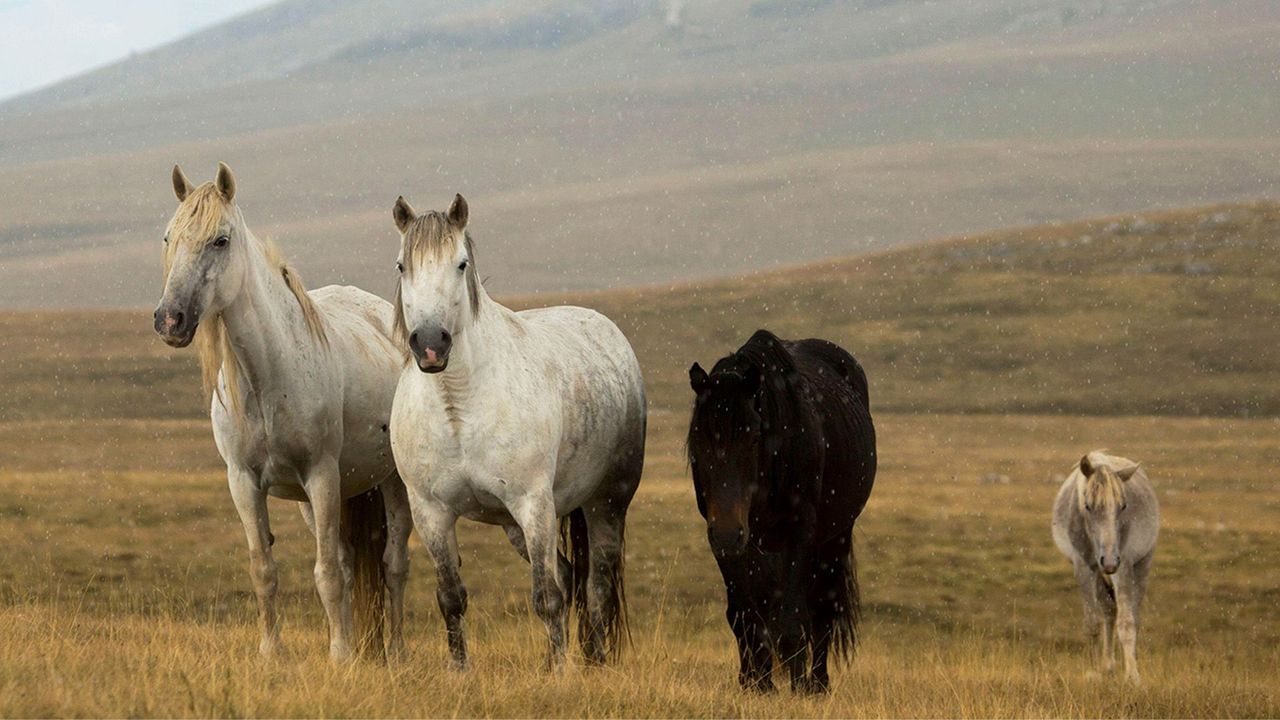What the Science Says
-
14 June, 2025
-
6:44 am
-
For parents of children on the Autism Spectrum, every small moment of progress matters — a new word, a moment of calm, a shared smile.
When traditional approaches seem overwhelming or yield slow progress, families often look for supportive experiences that meet their child where they are — emotionally, physically, and socially. One such experience is through Equine-assisted Services (EAS).
These are not just horse rides. They’re structured, goal-oriented sessions involving horses and skilled facilitators, grounded in evidence-based benefits for children with neurodivergent needs.
Why Horses?
Horses are non-judgmental, highly perceptive animals. They respond to non-verbal cues, body language, tone of voice, and emotional energy. For many children with ASD — who may struggle with social interaction, emotional regulation, or sensory integration — this makes horses uniquely powerful partners in learning and growth.
Their movement also has physical benefits. The walking gait of a horse mimics the rhythm of a human pelvis, providing input to the rider’s sensory and motor systems that is difficult to replicate in a clinical setting.
📊 What the Research Tells Us
Recent scientific studies have shown that EAS — when properly structured and facilitated — can have measurable, positive effects on children with ASD. Here are some key findings:
- Improved social communication: A 2013 study in Research in Autism Spectrum Disorders found that structured horseback activities enhanced social motivation and communication in children with autism.
- Greater expressive language: A 2015 randomized controlled trial published in Pediatrics showed children in EAS programs developed stronger verbal and expressive communication skills over the course of 10 weeks.
- Reduced anxiety and hyperactivity: That same study noted noticeable decreases in irritability and inattention after participation in horse-related sessions.
- Enhanced sensory processing: The multi-sensory nature of EAS helps children improve balance, body awareness, and responsiveness to environmental input.
These results reflect what we see every day at Horses Connect. Children blossom in the presence of horses, not just emotionally — but cognitively and physically too.
What Parents Tell Us
Beyond research data, what’s most moving are the real stories:
- “My daughter doesn’t usually engage with strangers — but she talked to the horse like he was her best friend.”
- “It’s the one place where my son feels completely calm. It carries through the entire day.”
- “He learned to wait his turn. Not because someone told him to — because the horse helped him understand it.”
Parents often describe EAS as a turning point. For many, it’s the first time they’ve seen their child deeply focus, relax into the moment, or share joy in a natural way.
Why It Works
Equine-assisted Services are about interaction, movement, and trust-building.
Children take part in groundwork (such as grooming, leading, or observing), and may also be invited to ride — depending on individual needs and readiness. The horse’s immediate feedback helps them learn about boundaries, emotional regulation, and non-verbal communication in an intuitive way.
Sessions are carefully guided by trained facilitators with experience in both equine behavior and adaptive learning. Each child’s session is paced to their comfort and capabilities, and progress is never forced.
Meet Realtog — Our “Little Star”
Realtog (pronounced Rail-togue) is a wise and gentle member of the Horses Connect herd. His name means “little star” — and he truly lives up to it.
Now in his mid-20s, Realtog has been with the same family since birth. Though he’s retired from riding clubs and competitions, he still shines in our EAS sessions. He prefers calm interactions and teaches children how to read subtle signals and respect space — vital lessons in both communication and confidence.
With Realtog, less is more. Children who usually resist physical contact or eye contact often find themselves drawn to him. They feel seen — but not overwhelmed. For many, that’s the beginning of connection.
What Does a Session Look Like?
Every child is different, and so is every session. Some begin by simply walking alongside a horse or brushing its coat. Over time, they might build confidence to lead, communicate commands, or take a short ride.
There’s no pressure, no rush. Success is measured in comfort, trust, and small steps forward.
Is EAS Right for My Child?
If your child struggles with communication, regulation, focus, or confidence — and enjoys animals or open spaces — Equine-assisted Services could offer something profoundly supportive.
Our program welcomes children of all abilities and neurodivergence. It’s designed to be inclusive, respectful, and child-led.
📩 Want to Learn More?
Reach out today to ask questions, learn more about our team, or book a visit. At Horses Connect, we believe in slow, natural progress — and the power of horses to help unlock it.
Contact us here or browse our Therapy section to explore more.
With patience, presence, and the partnership of a horse like Realtog — transformation begins one quiet moment at a time.

